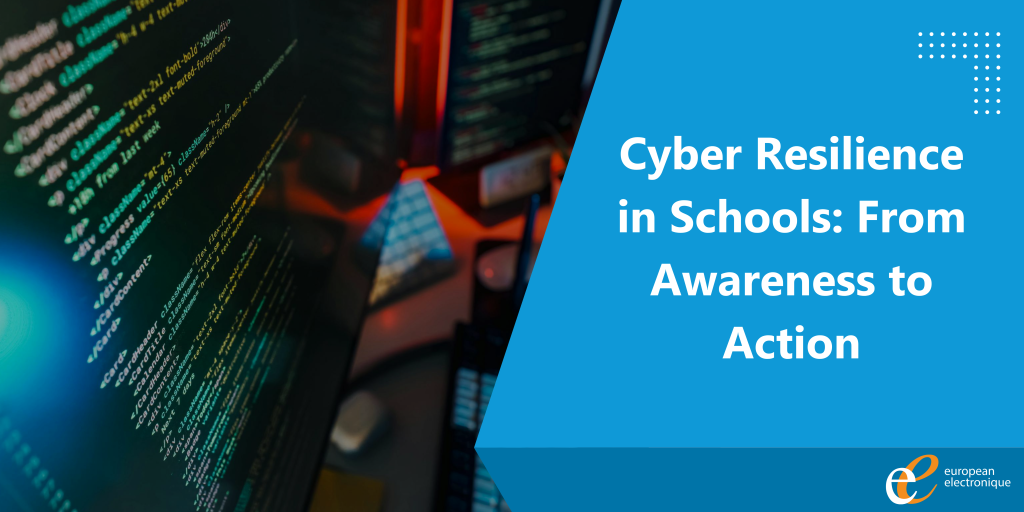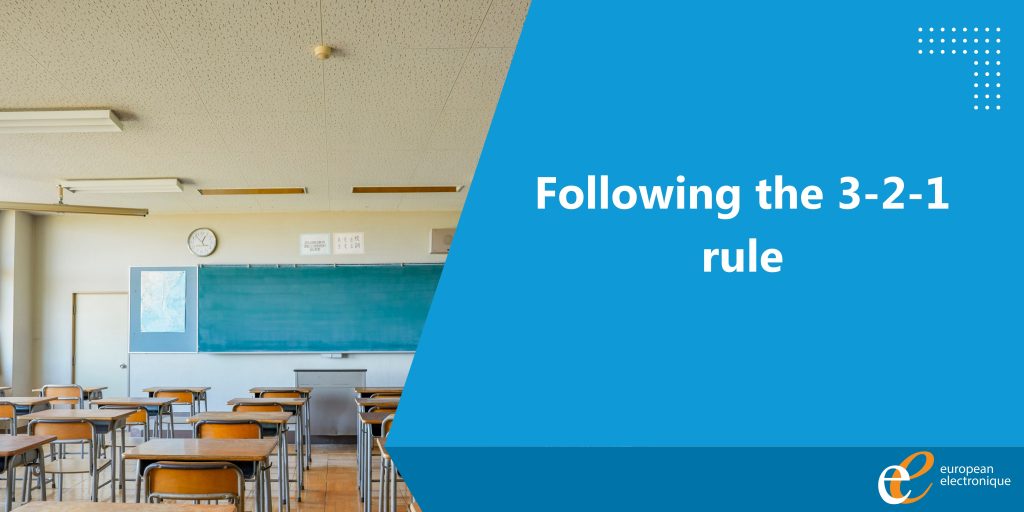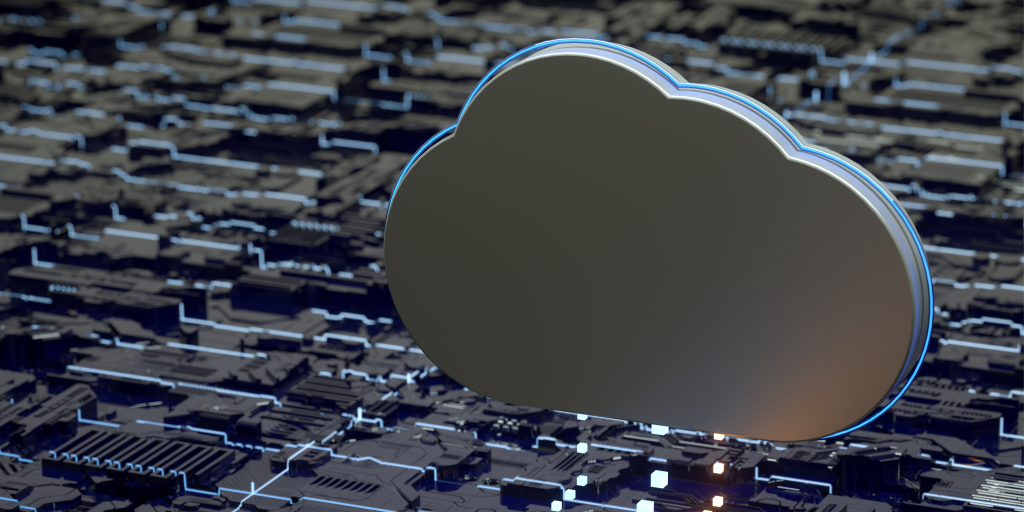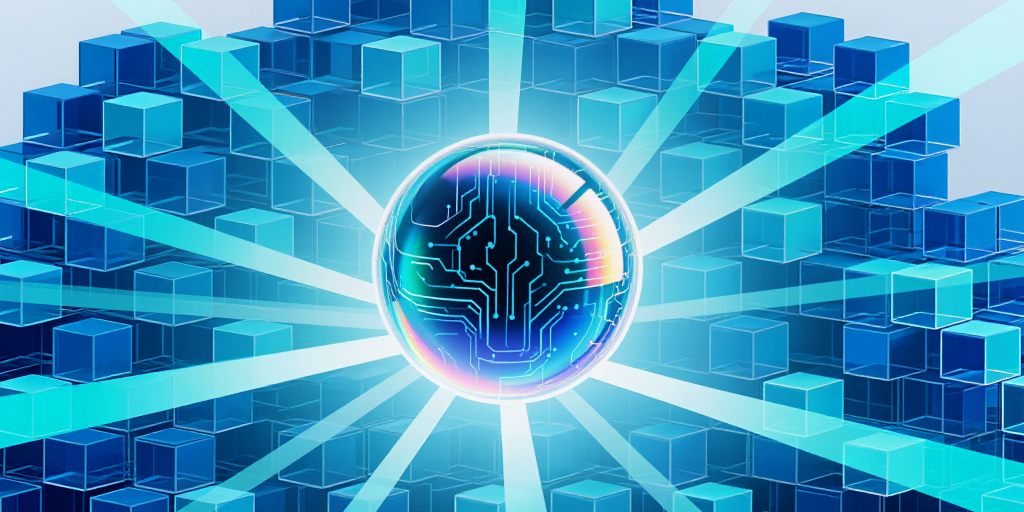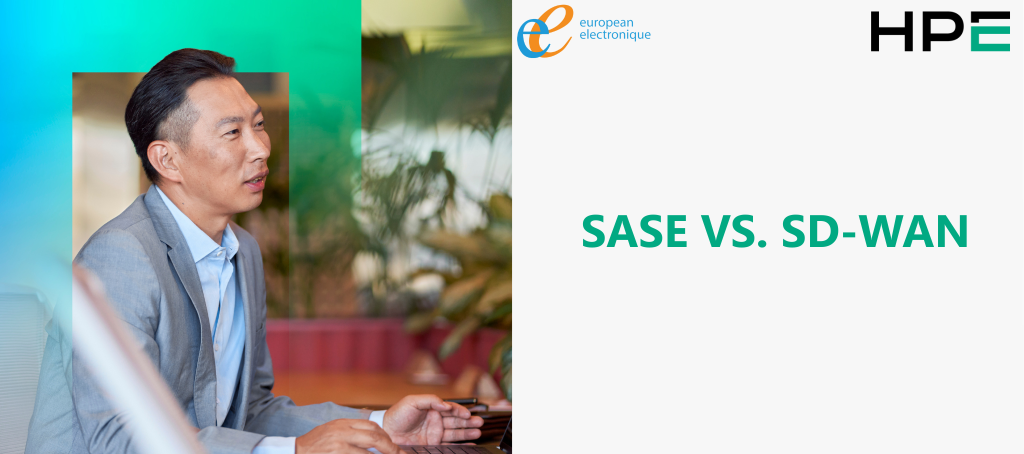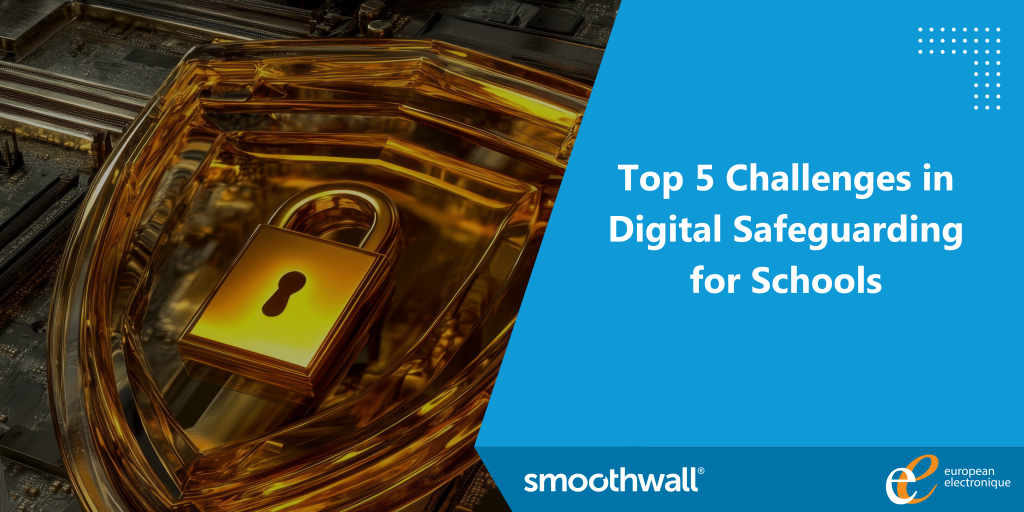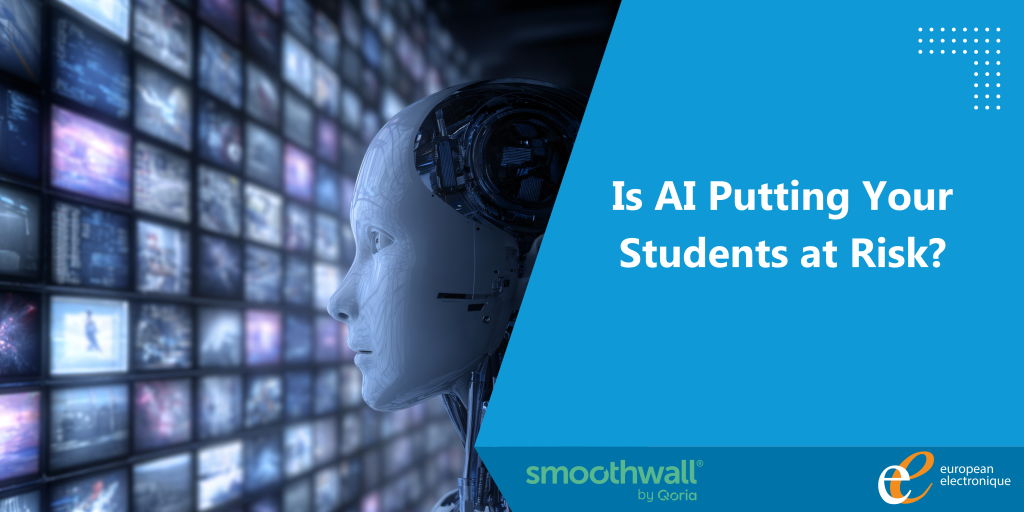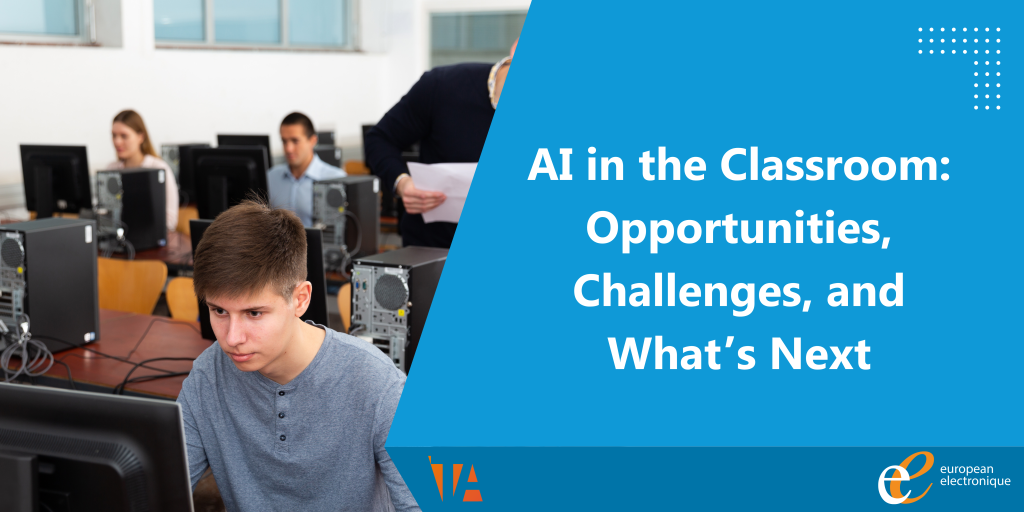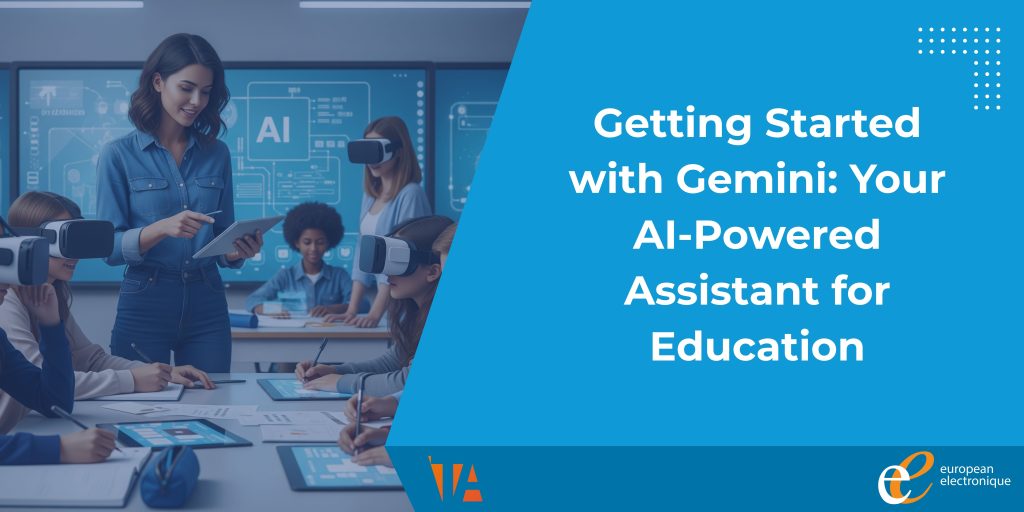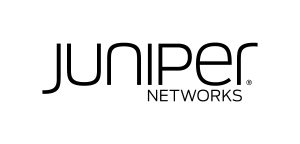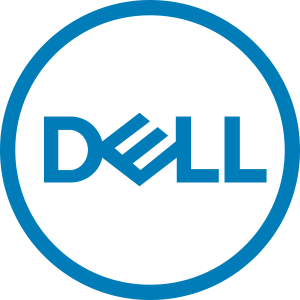Top AI Risks Every School Should Know
AI is important tool and is often used in everyday life to complete tasks. As a teacher, you probably use it to make lesson planning easier and marking quicker. However, when using AI, many of us don’t think about the precautions we need to take to make sure the information we handle doesn’t end up in the wrong hands. This is especially important for schools because of GDPR regulations.

1. Privacy Concerns
One of the top AI risks is privacy concerns. The reason for this is that most generative AI platforms are not fully GDPR compliant, and they collect sensitive data. AI systems rely on large amounts of personal information to function efficiently, which means they may process details such as students’ names, ages, and even learning progress. This poses a major risk for schools if data is not properly managed or anonymised.
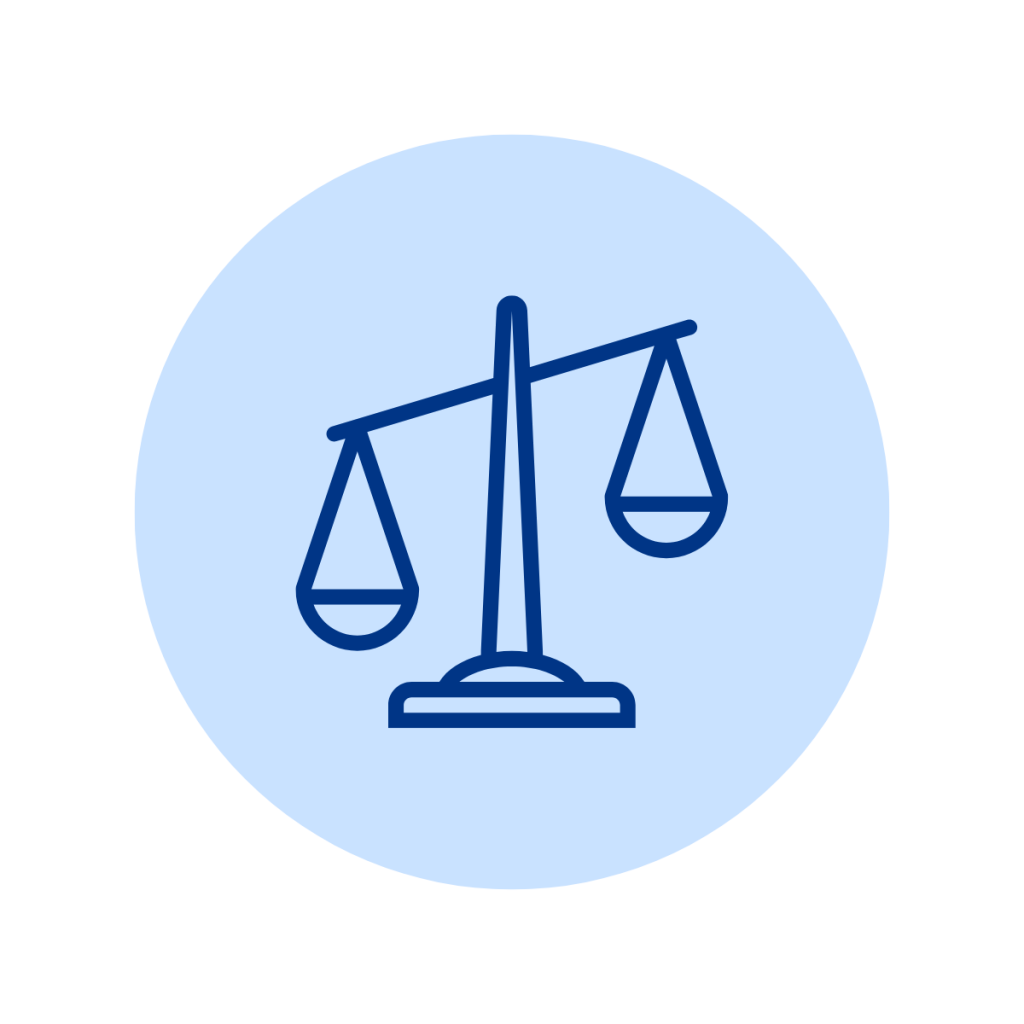
2. Bias and Fairness Issues
Another risk of AI is bias in the data it uses. AI systems learn from existing information, and if that data contains bias. AI can unintentionally repeat or even amplify biased opinion. For example, an AI marking assistant might favour certain language patterns or student profiles, leading to unfair results. Schools need to ensure that any AI tools they use have been tested for fairness and inclusivity.
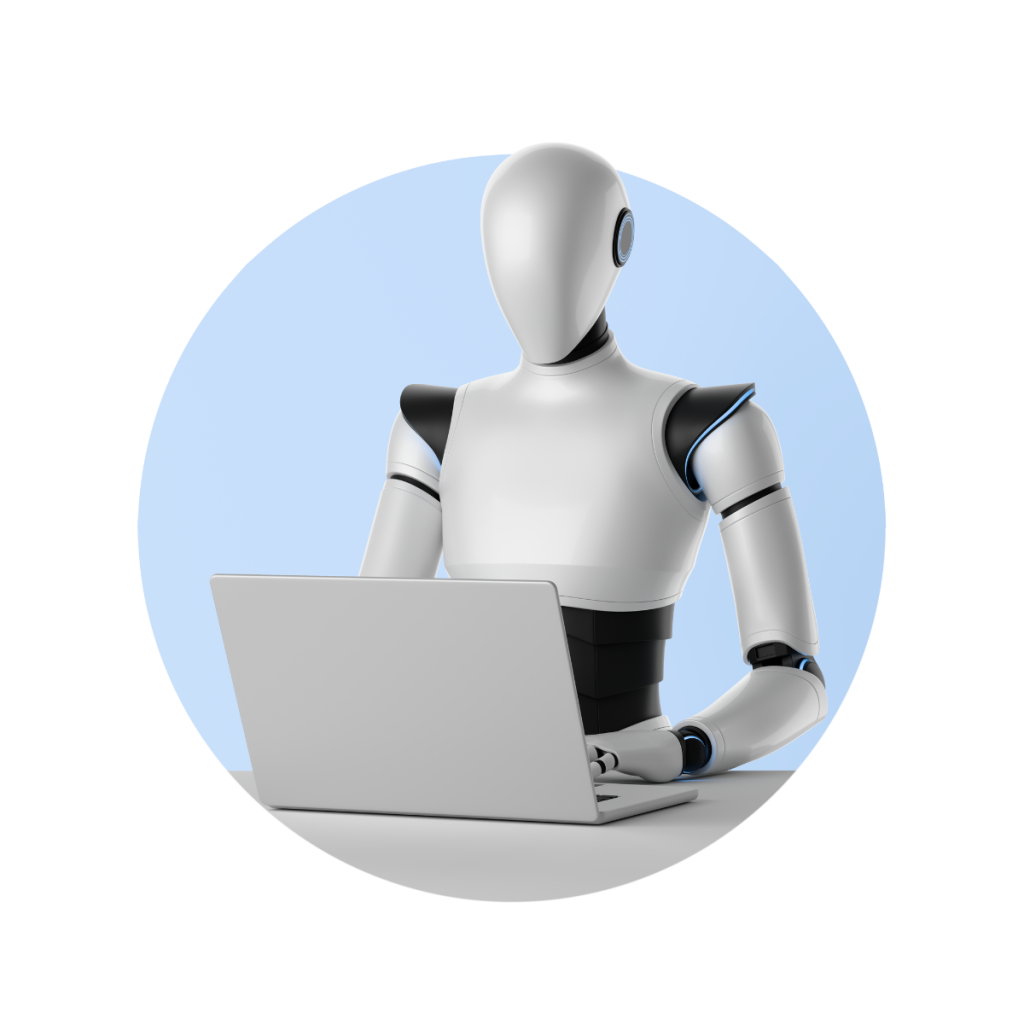
3. Over-Reliance on AI
It’s easy to become overly dependent on AI for tasks such as marking, lesson planning, or generating resources. While this can save time, it may also reduce critical thinking and creativity among teachers and students. AI should assist, not replace, human judgment. Educators should continue to review and adapt AI-generated content to fit their unique classroom contexts.

4. Misinformation and Inaccuracy
AI tools can sometimes generate inaccurate or misleading information. This is known as “AI hallucination.” If teachers or students rely too heavily on AI outputs without verification, false information can spread quickly. It’s important to double-check AI-generated materials before using them in lessons or sharing them with students.

5. Security Vulnerabilities
Finally, AI systems can be targets for cyberattacks. If a platform stores student or staff data, it becomes a potential entry point for hackers. Schools should only use trusted and secure AI providers, ensure strong passwords and data encryption, and regularly review their cybersecurity policies.
AI has huge potential to transform education for the better. It’s helping teachers save time and creating more personalised learning experiences for students. However, it’s vital that schools understand the risks and put clear safeguards in place.
